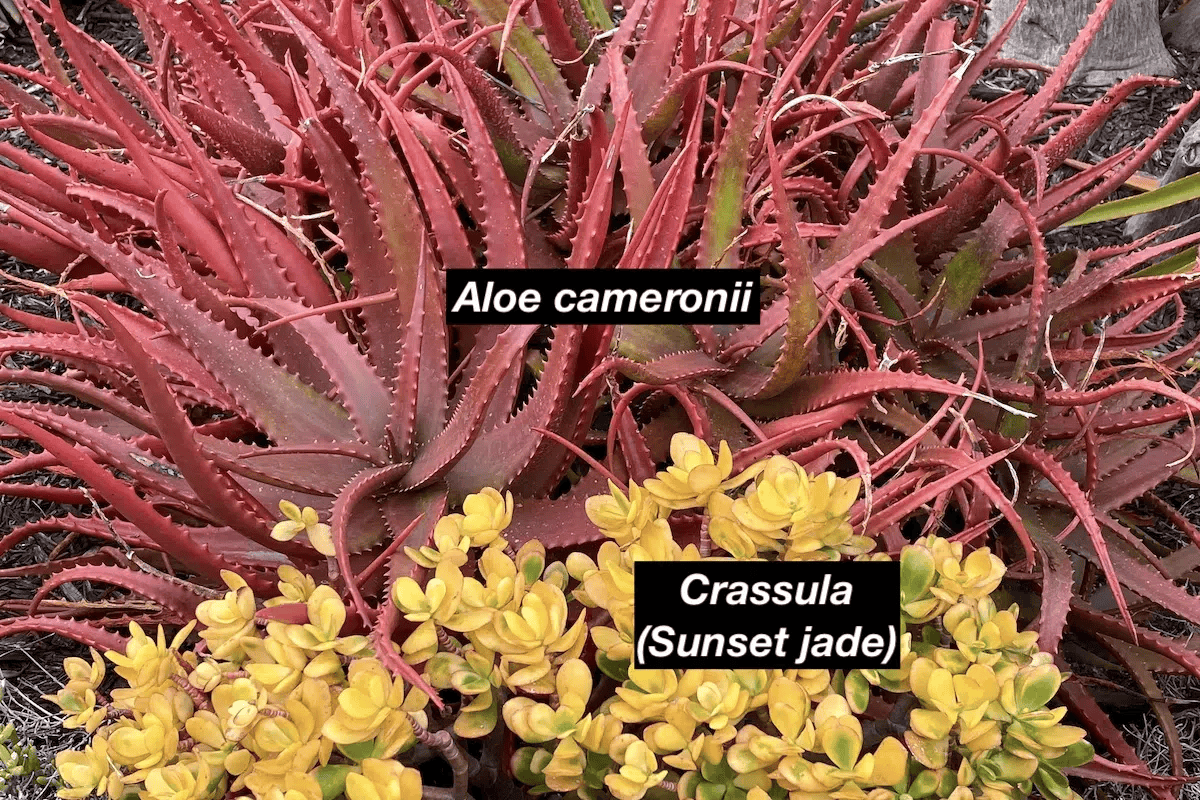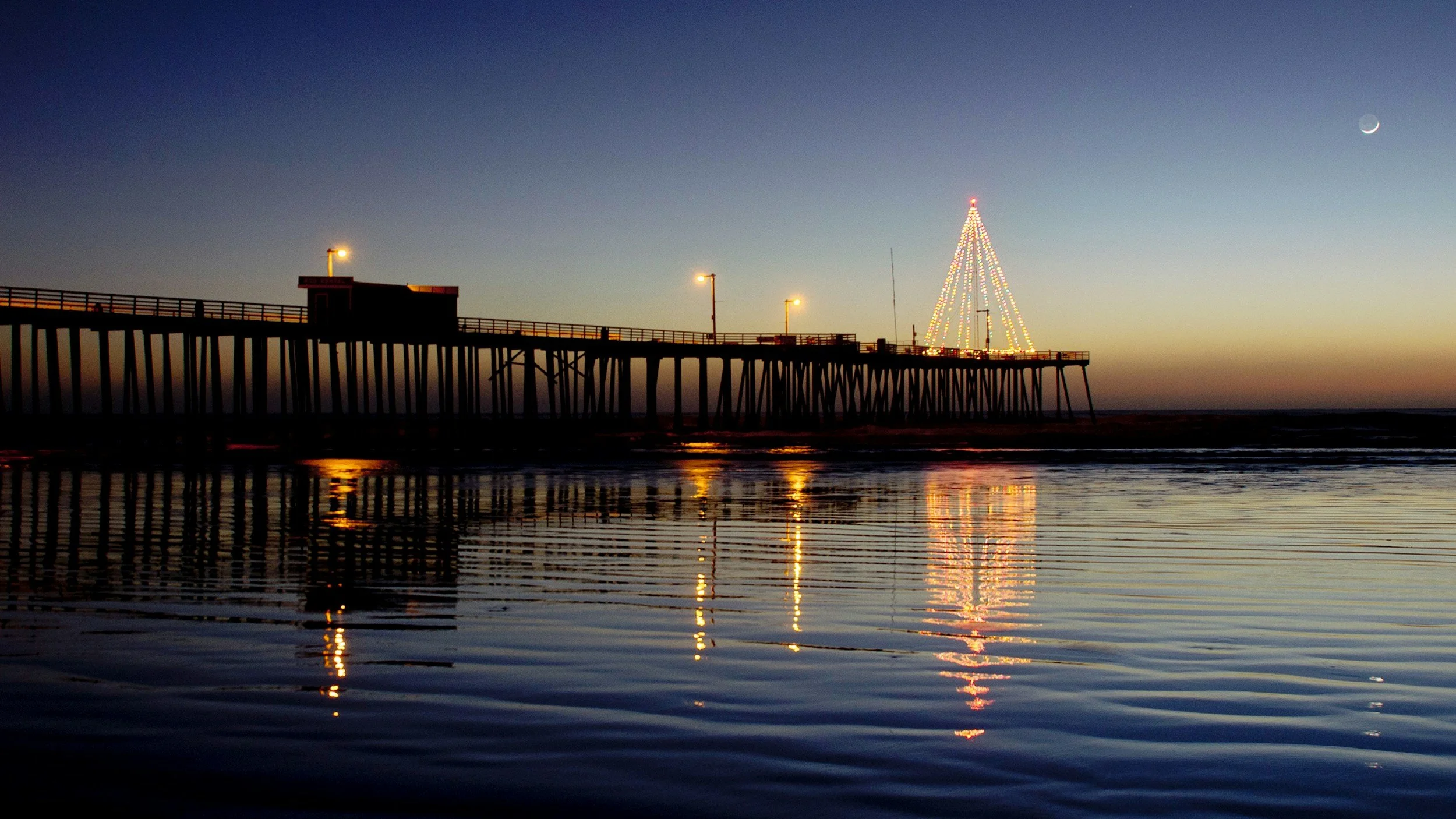Is Your Garden Firewise? The Beauty of Succulents and Award-Winning Garden Author and Horticulturist, Debra Lee Baldwin
Not surprisingly, plants that store water are slow to catch fire. Disclaimer: Growing succulents does NOT guarantee a house won’t burn during a wildfire. Homeowners have told me they had a lot of succulents and, sadly, their homes burned regardless. What often happens is wind-driven embers became lodged under eaves.
According to Cal Fire, "a wildfire-front passes within 10 to 15 minutes."
So, expect a wind-driven wildfire to take 10 to 15 minutes to pass through your property. What catches fire during that time will burn until extinguished or reduced to ashes. Article shared by permission from:https://debraleebaldwin.com/top-five-firewise-succulents/
My top firewise succulents
All of these are quite common and start easily from cuttings. They have thick, juicy leaves and grow readily in southern and coastal CA from the Bay Area south. If you live in a fire-prone, backcountry area, use them to create a firebreak that's ideally 15 feet or more wide.
Click on the headers to see more examples of each.
Aloes
Colony-forming Aloe arborescens is the succulent credited with saving the home of Rob and Suzy Schaefer during the devastating wildfires of 2007. This common aloe produces orange-red, torchlike flower spikes in midwinter.
Aeoniums
There are numerous varieties of these rosette succulents, some of which attain 2 feet in diameter. The best ones for fire resistance are multi-branching shrubs rather than those with single stems. All grow well in pots or in the ground.
Crassulas
Jade (Crassula ovata) didn't burn during the wildfire that threatened the Schaefer home; rather, it cooked. Like nearby aloes, its leaves turned putty-colored and collapsed.
If you think jade is boring, you may not be aware of its many cultivars. Some are striped cream-and-green; turn yellow-orange-red when grown in full sun; have silvery-gray leaves rimmed with red; or have intriguing tubular or wavy leaves. See them on this site's Crassula page.
Agaves
Like aloes, the best agaves for firebreaks are large---to 5 feet or more in height and diameter. Among these are Agave americana, Agave franzosinii, Agave guiengola, Agave weberi, Agave ferox, Agave vilmoriniana and cultivars of those species.
Euphorbias
Upright, shrubby and treelike euphorbias from South Africa make excellent fire-barrier plants. Downsides to euphorbias are being frost tender and having caustic sap.
Highly ornamental, ironically-named Euphorbia tirucalli 'Sticks on Fire' attains 7 feet in height and several feet in diameter. See my video on how to prune it.
Opuntia (paddle cactus)
The thicker the succulent the better, when it comes to fire-retardancy. If you wince at the thought of having cacti in your garden, good news: There are spineless and near-spineless varieties.
Portulacaria afra (elephant food)
This plant is shrub-like, and yes, elephants really do eat it in South Africa. The variegated variety is less vigorous and more ornamental than the common green species.











